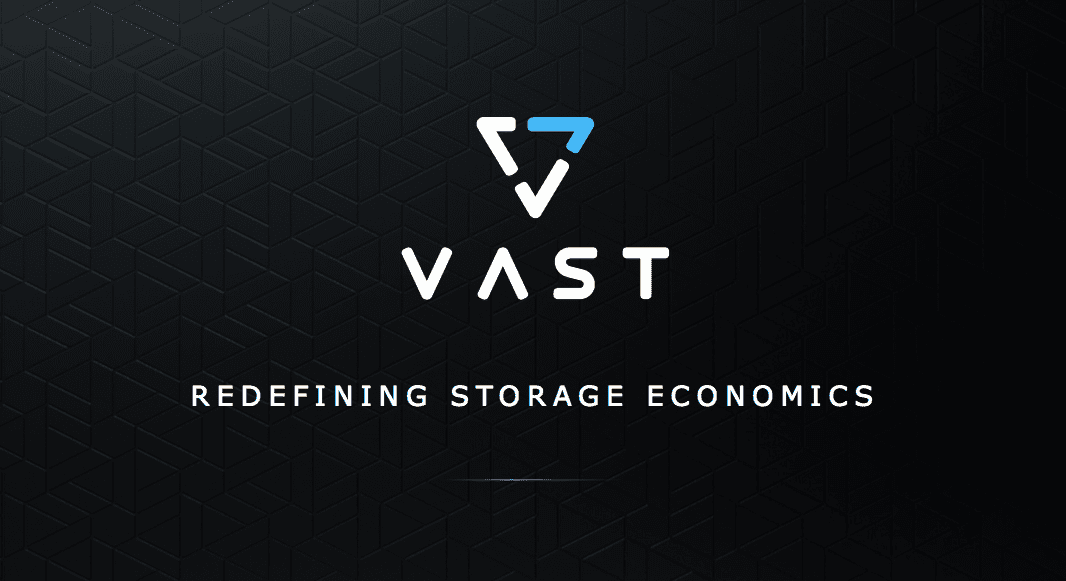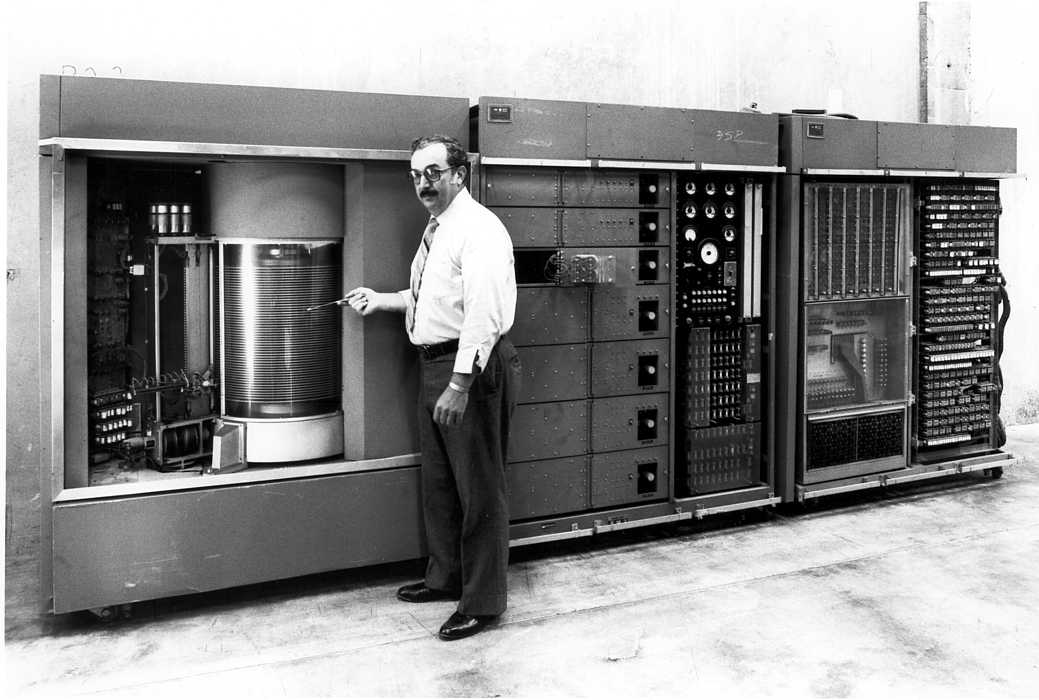This week, Chris is in Austin, Texas at Pure Accelerate 2019. Prior to the event, Chris catches up with Patrick Smith, Field CTO for EMEA for Pure. Patrick moved to Pure after being a customer. The initial discussion covers why flash as a platform offers better reliability and consistency than traditional disk based storage. At Accelerate 2019, Pure announced FlashArray//C, DirectMemory modules and the GA of Cloud Block Store. Patrick previews these changes and what benefits customers can expect to see from these new products. Elapsed Time: 00:30:07 Timeline 00:00:00 – Intros 00:03:00 – What …
#113 – The Expanding Storage Hierarchy with Erik Kaulberg
This week’s episode is the first in a series from Flash Memory Summit 2019. Chris catches up with Erik Kaulberg from INFINIDAT to discuss how the expanding hierarchy of solid-state storage media will drive new products and solutions in the future. The topics of conversation cover how media has diversified, with new solutions like MRAM and 3D-XPoint. At the same time, we hear that 5-level NAND could be a reality. How are vendors combining these products with traditional storage? Will the ability to learn from the field with the deployment of traditional storage designs, provide …
#106 – Introduction to VAST Data (Part II) with Howard Marks (Sponsored)
In this second episode on VAST Data, Chris and Martin continue the discussion with Howard Marks. You can find the previous episode at #105 – Introduction to VAST Data (Part I). This time, the conversation continues where the discussion left off, with Howard finishing the explanation of wide striping. To explain exactly how data is accessed on the platform, Howard introduces the concept of v-trees. These are like b-trees but flatter and wider. The v-tree is used to hold both metadata and data. One interesting aspect of the discussion is in understanding exactly how Optane …
#105 – Introduction to VAST Data (Part I) with Howard Marks (Sponsored)
This week, Chris and Martin talk to Howard Marks, Chief Storyteller at VAST Data. You may know Howard as an independent analyst and author for a range of online publications. Howard recently joined VAST to help explain and promote understanding of their data platform architecture. The VAST Data platform uses three main technologies that have only recently emerged onto the market. QLC NAND flash provides long-term, cheap and fast permanent storage. 3D-XPoint (branded as Intel Optane) is used to store metadata and new data before it is committed to flash. NVMe over Fabrics provides the …
#102 – May Midrange Madness with Chris Mellor
This week Martin, Chris Evans and Chris Mellor discuss Dell EMC’s plans for merging the three current midrange storage platforms marketed by the company. This is a follow-up to the article Chris recently posted on https://blockandfiles.com that discusses Project Trident. There are a lot of moving parts to consider when merging storage platforms. Customers have spent time and effort developing processes and scripting to automate common processes. How will these be supported? Will the new platform appear to take on the persona of the previous three? Should customers (as Martin believes) be forced to make …
#79 – Learning More About QLC Storage with Steve Hanna
This week Chris and Martin talk to Steve Hanna, Senior Product Manager for Enterprise SSDs at Micron. Steve looks after the 5210 ION QLC SSD product line, which was introduced earlier this year. As an evolution of existing flash technology, QLC offers greater capacities at lower cost. But what are the issues? The conversation covers how QLC has reduced the price to 1/100th of that seen in early enterprise SSDs. Although endurance is lower than previous flash generations, in reality for many use cases the ability to write up to 1 DWPD is enough. However, …
Disaggregated Storage Part III with Josh Goldenhar from Excelero
Continuing on our theme of disaggregated storage, Gavin and Martin talk to Josh Goldenhar, VP Products at Excelero. In this podcast, recorded on 6th November 2017, the guys talk about NVMesh, the Excelero technology that transforms servers and NVMe drives into a distributed storage mesh. As we’re starting to see, there are some common themes developing here, with Linux-based support, some client and (in this case) host software. Elapsed Time: 00:43:21 Timeline 00:00:00 – Introductions, Martin, Gavin – no Chris 00:01:51 – Who are Excelero? 00:03:50 – Excelero – software only (with partners) 00:05:30 – …
Soundbytes #012: The Resurrection of Violin Systems with CEO Ebrahim Abbasi
In this podcast, recorded live on 13th October 2017 in London, Chris talks to Violin Systems CEO, Ebrahim Abbasi. Violin Systems is the new name for Violin Memory, one of the pioneers of all-flash storage. Violin Memory entered chapter 11 in December 2016 and the company assets were eventually acquired by the Soros Group. Violin Systems is back, with no debt, positive cashflow and plans for a strong future. Chris and Ebrahim discuss the software acquired from the relationship with Falconstor and taking a more software-focused approach to product development. We can expect scale-out, tiering …
Soundbytes #009: FlashArray Update With Ivan Iannaccone at Pure Accelerate
The following podcast was recorded at Pure Accelerate in San Francisco in June 2017. The recording was made behind the main stage, so apologies for the background noise which does get pretty loud for a while! Chris talks to Ivan Iannaccone, Director of Product Management (also known as Emperor of Flash) at Pure Storage. The conversation goes through the new software features of FlashArray, including ActiveCluster, VVOLs, NVMe and snapshots. Elapsed Time: 00:20:34 Timeline 00:00:00 – Introductions 00:01:04 – A wealth of new announcements 00:01:50 – ActiveCluster – synchronous replication 00:06:00 – Meta – AI …
Soundbytes #008: FlashBlade 2.0 With Rob Lee at Pure Accelerate
In this podcast, recorded on 14th June 2017 at Pure Accelerate in San Francisco, Chris talks to Rob Lee, Chief Architect of the FlashBlade product line. FlashBlade 2.0 sees greater scalability for the product, but more interesting is the way in which companies have taken the platform and used it creatively to achieve things that weren’t possible with traditional NAS products. Elapsed Time: 00:20:22 Timeline You can view more details on FlashBlade on the Tech Field Day website, specifically covering the event with dedicated FlashBlade sessions. Disclaimer: Chris was invited to the Pure Accelerate event, …










